My Last Day in Athens: From Ruins to Market Stalls
Exploring Athens through the agoras of the past and the flavors of today
This email is probably too long to read directly from your inbox. If you click on "View entire message" or “Read in App”, you'll be able to view the entire post in your email app.
During my PhD training, I had the opportunity to attend a conference in Athens, where I delivered a lecture about my research. As I wrote in the previous post, I used this opportunity to run a half marathon the day before the conference started, and to visit one of the most fascinating cities in the world.
On the last day of the conference, I had time to visit some places I had left to see, like the Greek and Roman Agoras and the central market.
I started from the Ancient Agora, which was the vibrant heart of public life in classical Athens, a bustling hub for politics, commerce, philosophy, and social gatherings. Located northwest of the Acropolis, it was where citizens gathered to vote, shop, debate, worship, and meet friends. The philosopher Socrates taught here, and democracy itself took early form in its open spaces.
Among its most notable structures is the Temple of Hephaestus, one of the best-preserved ancient Greek temples, and the Stoa of Attalos, a reconstructed collonaded hall that now houses the Museum of the Ancient Agora. Walking through the site today, you can still trace the outlines of shops, law courts, and sacred sites, a rare glimpse into daily life in ancient Athens.
From one agora to another. The Roman Agora of Athens was built during the late 1st century BCE, marking a shift in the city’s commercial centre during Roman rule. Funded by Julius Caesar and Augustus, it served as a new marketplace, complementing the older Ancient Agora nearby.
Its most famous structure is the Tower of the Winds, an octagonal marble clock tower that functioned as a sundial, water clock, and weather vane, an early example of scientific ingenuity. The site also includes the Gate of Athena Archegetis, a grand entrance with elegant Doric columns.
Smaller and quieter than the Ancient Agora, the Roman Agora still tells a fascinating story of transition, from Greek independence to Roman imperial influence, right in the heart of Athens.
Also, this time, I couldn’t miss visiting a market. I went to Varvakeios Central Market, also known simply as the Athens Central Market, the city's vibrant and noisy belly, where the real, everyday Athens comes alive. Located on Athinas Street between Monastiraki and Omonia squares, it has been the main food market since the 19th century.
I arrived at the market in the late afternoon, and it was quiet. I imagine earlier in the day, it can be much more lively. Inside the covered halls, you’ll find rows of stalls selling fresh meat, fish, spices, herbs, olives, cheeses, and all kinds of Greek produce. Locals shout prices, vendors offer samples, and the air is thick with the aroma of oregano, seafood, and grilled souvlaki from nearby tavernas.
It’s not just a market, it’s a sensory experience, a dive into the city’s culinary soul. If you want to feel the pulse of Athens, Varvakeios is the right place.
My next destination was the Panathenaic Stadium, but on the way, I passed by some nice places.
The first one was the Metropolitan Cathedral of Athens, also known as the Mitropoli, which is the most important Greek Orthodox church in the city. Located near Syntagma Square, it was constructed between 1842 and 1862 and serves as the seat of the Archbishop of Athens.
The Church of Panagia Gorgoepikoos, also known as Agios Eleftherios, is a small yet striking Byzantine church located right next to the Metropolitan Cathedral of Athens. Built in the 12th century, it’s often referred to as the "Little Cathedral."
Despite its modest size, the church is rich in historical and architectural detail. Its walls are made from reused ancient and early Christian reliefs, making it a fascinating mosaic of Athenian history.
Just before arriving at the Panathenaic Stadium, I stopped by a small church because I saw many people outside of it. I read that often people pause here to light a candle or spend a quiet moment on their way to or from work.
Nestled at Mitropoleos 17, just steps away from Syntagma Square, Agia Dynami (meaning “Holy Power”) is a tiny 16th-century Greek Orthodox church with a remarkable story. It stands entirely enclosed within the supporting columns of what was once the Ministry of Education, and now the Electra Metropolis Hotel, making it the only church in Athens surrounded by a modern building.
Panathenaic Stadium, also known as Kallimarmaro (meaning “beautiful marble”), is a stunning ancient stadium located in the heart of Athens. Originally built in the 4th century BCE and later rebuilt entirely in white marble by Roman senator Herodes Atticus in the 2nd century CE, it’s the only stadium in the world made entirely of marble.
The stadium holds immense historical significance as the site of the first modern Olympic Games in 1896, symbolising the revival of the Olympic spirit. It can seat around 45,000 spectators and remains a popular spot for athletic events, concerts, and ceremonies.
I walked on the track, sat in the marble stands, and it was an incredible experience. Standing in the same place where the first modern Olympic Games were held gave me goosebumps. It’s hard not to think about the long history of sport, tradition, and competition that lives in those marble stands, from ancient times to today. The energy of the place is unforgettable.
I had a great time in Athens, combining the opportunity of running a half marathon, the inspiration of attending a conference, and the joy of exploring the city's history and charm made it a great experience.
See you soon
Flavio





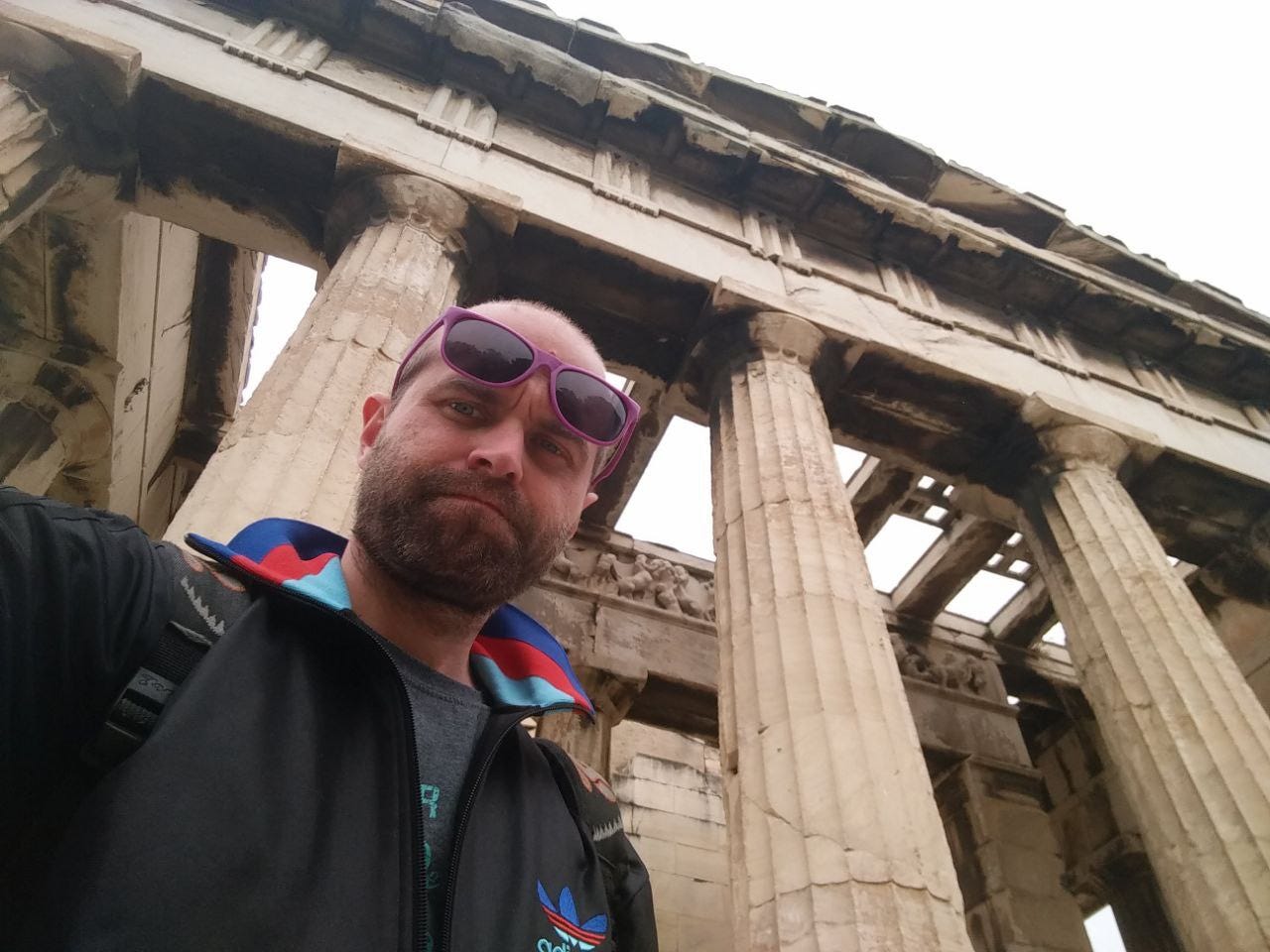
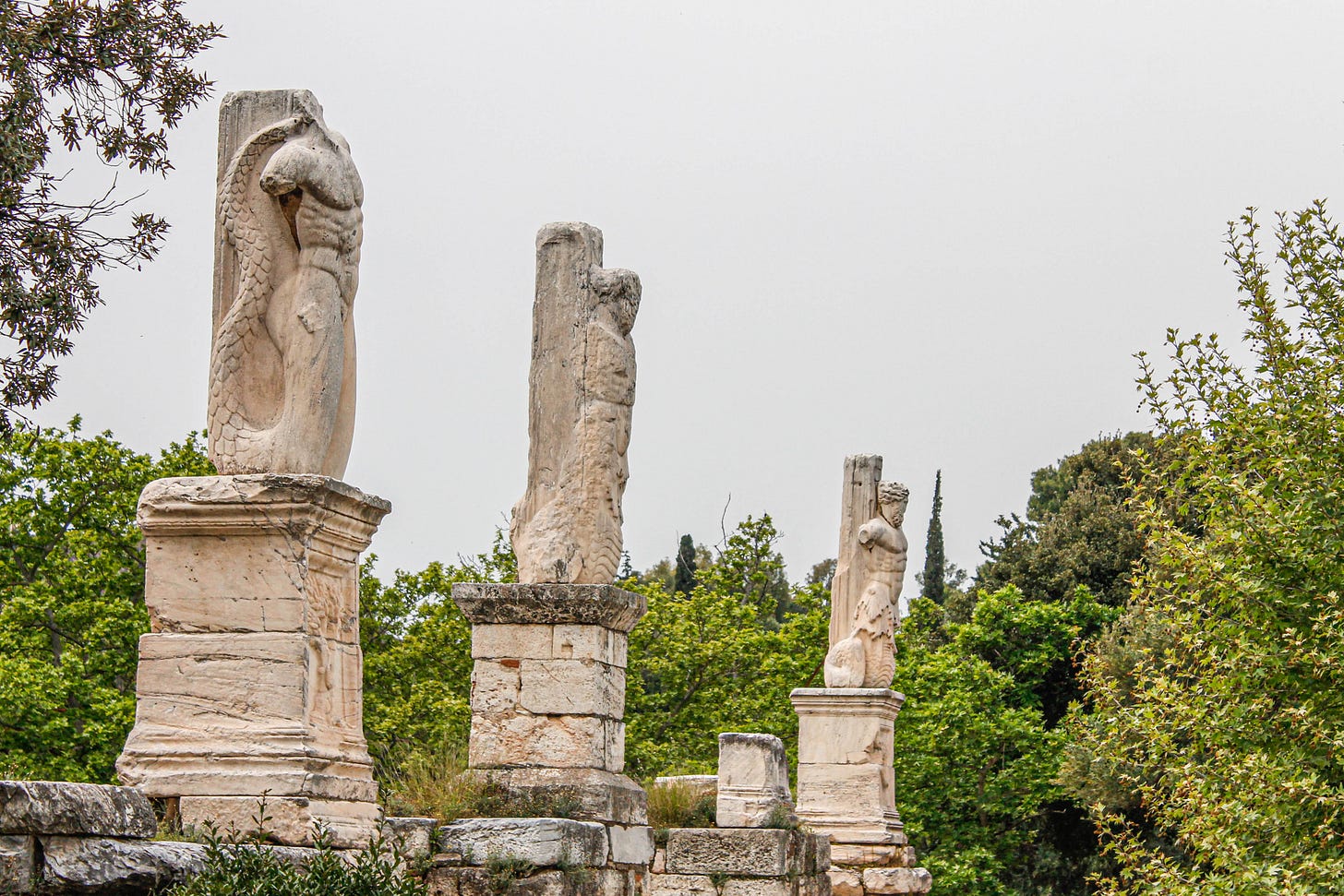
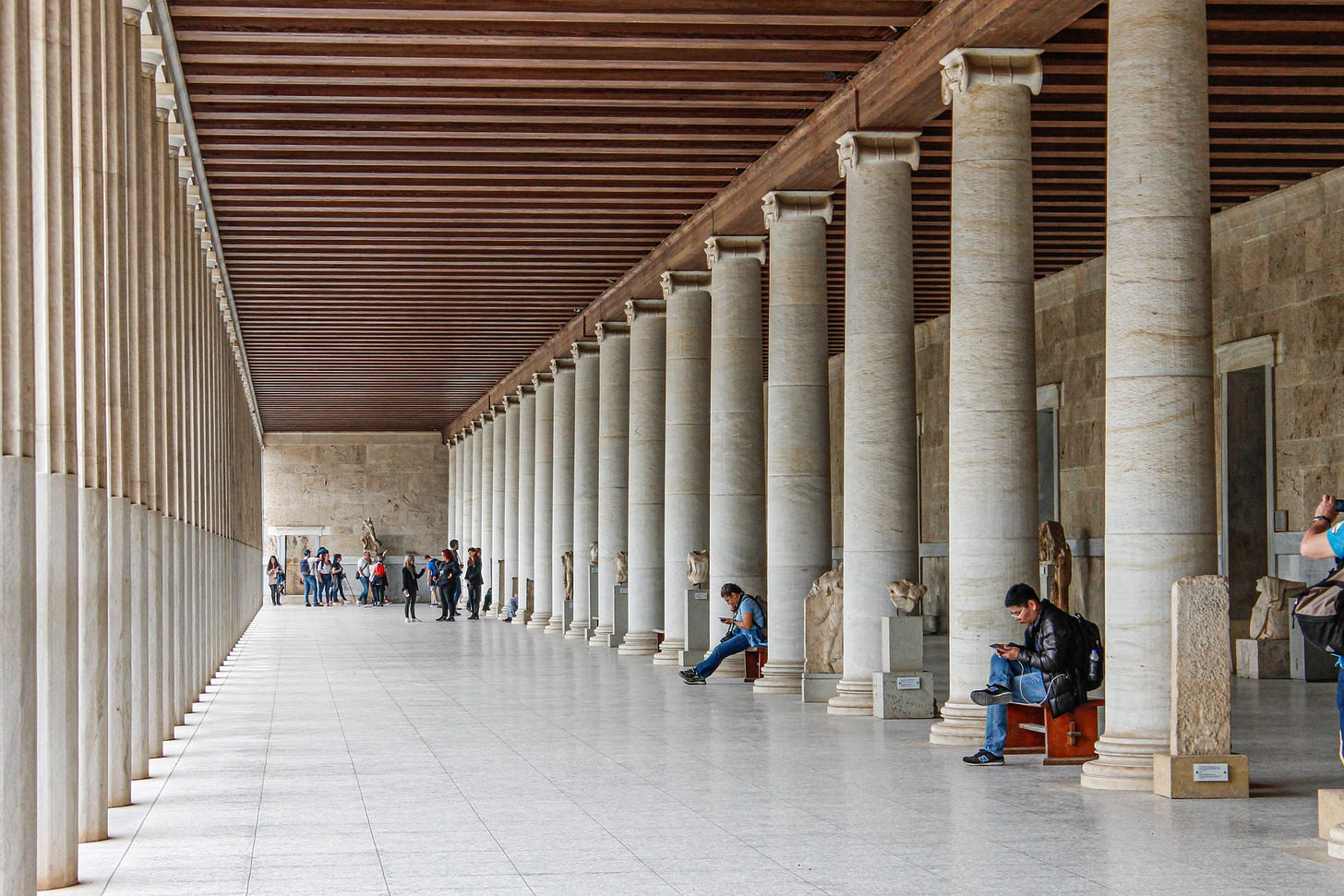
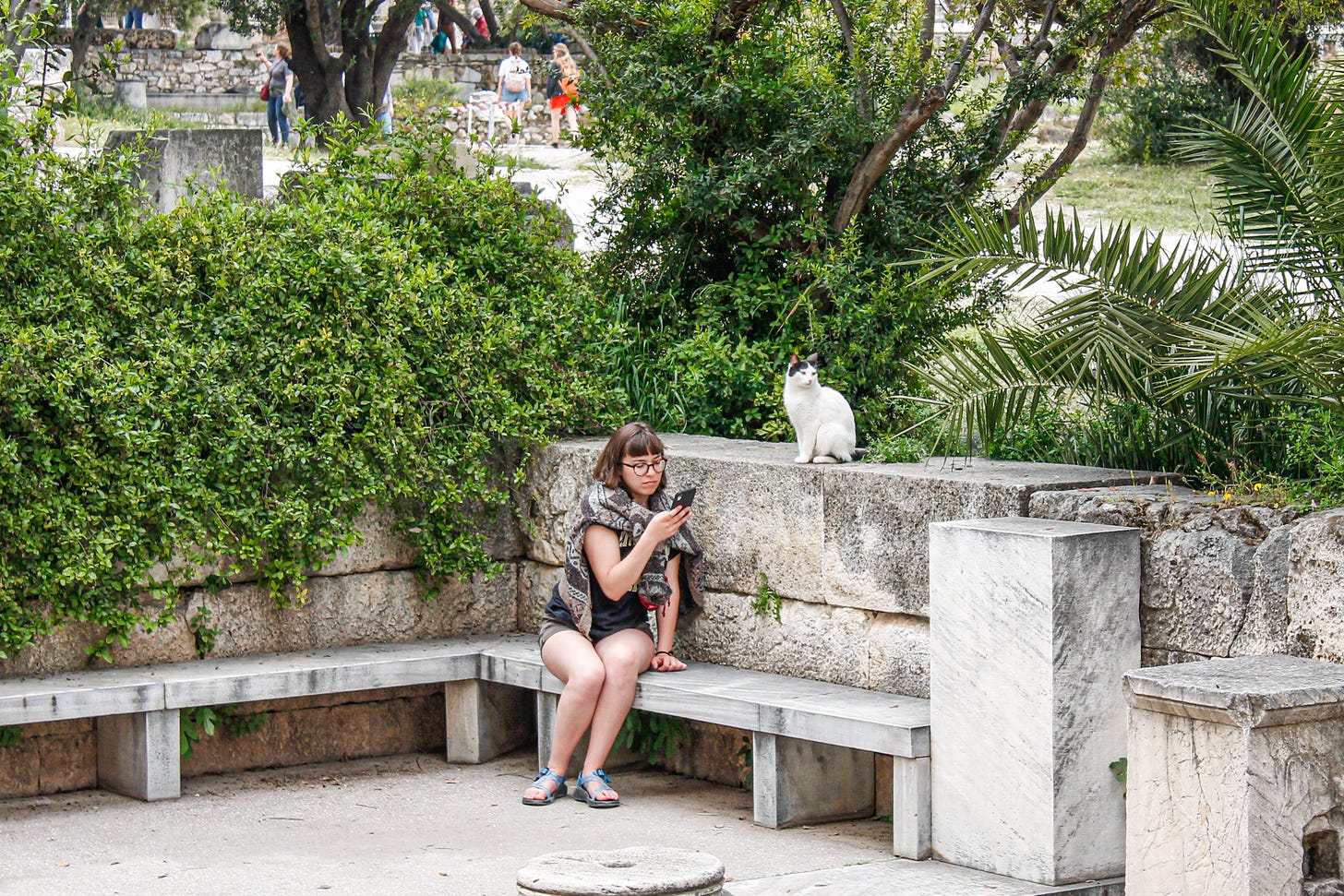
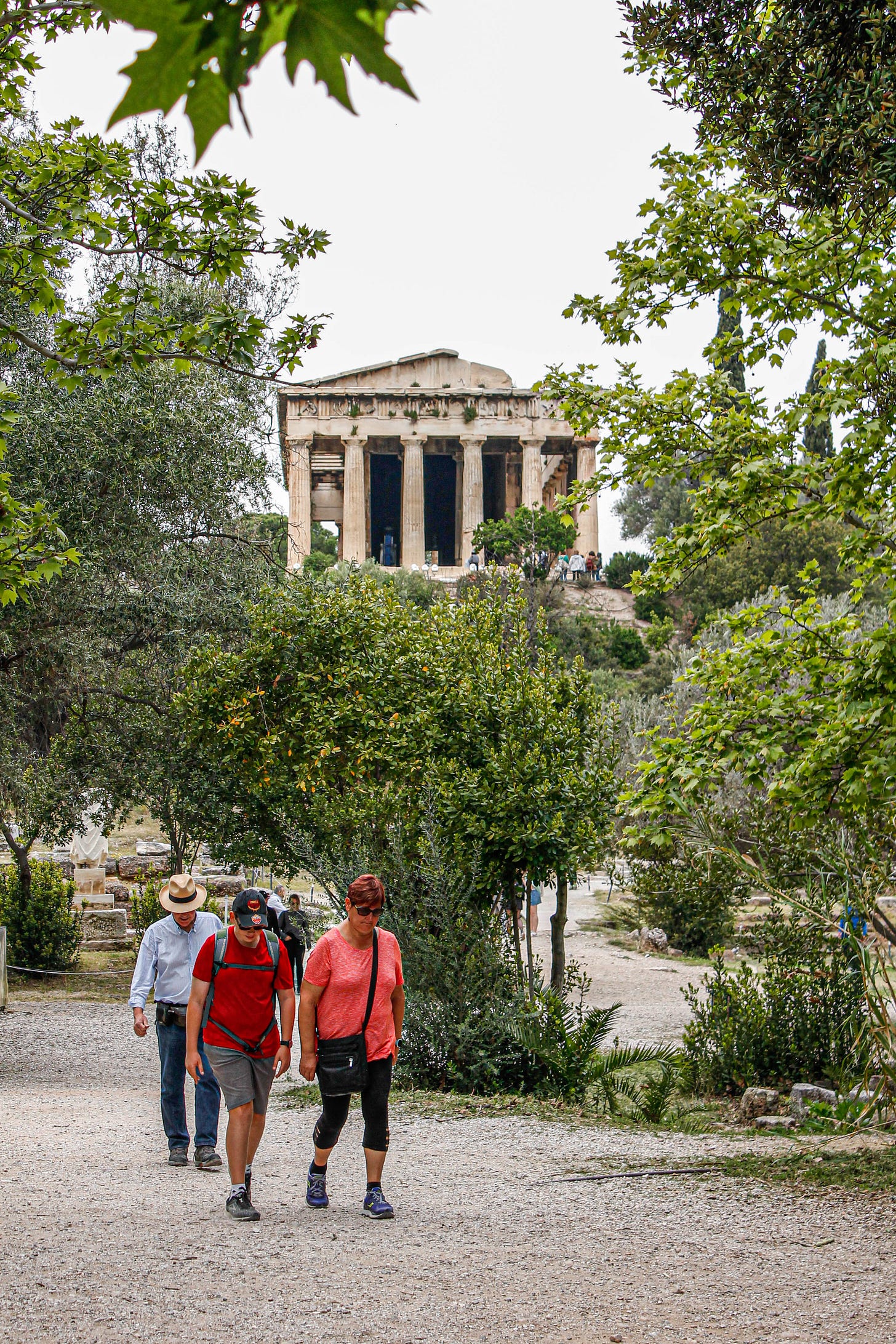
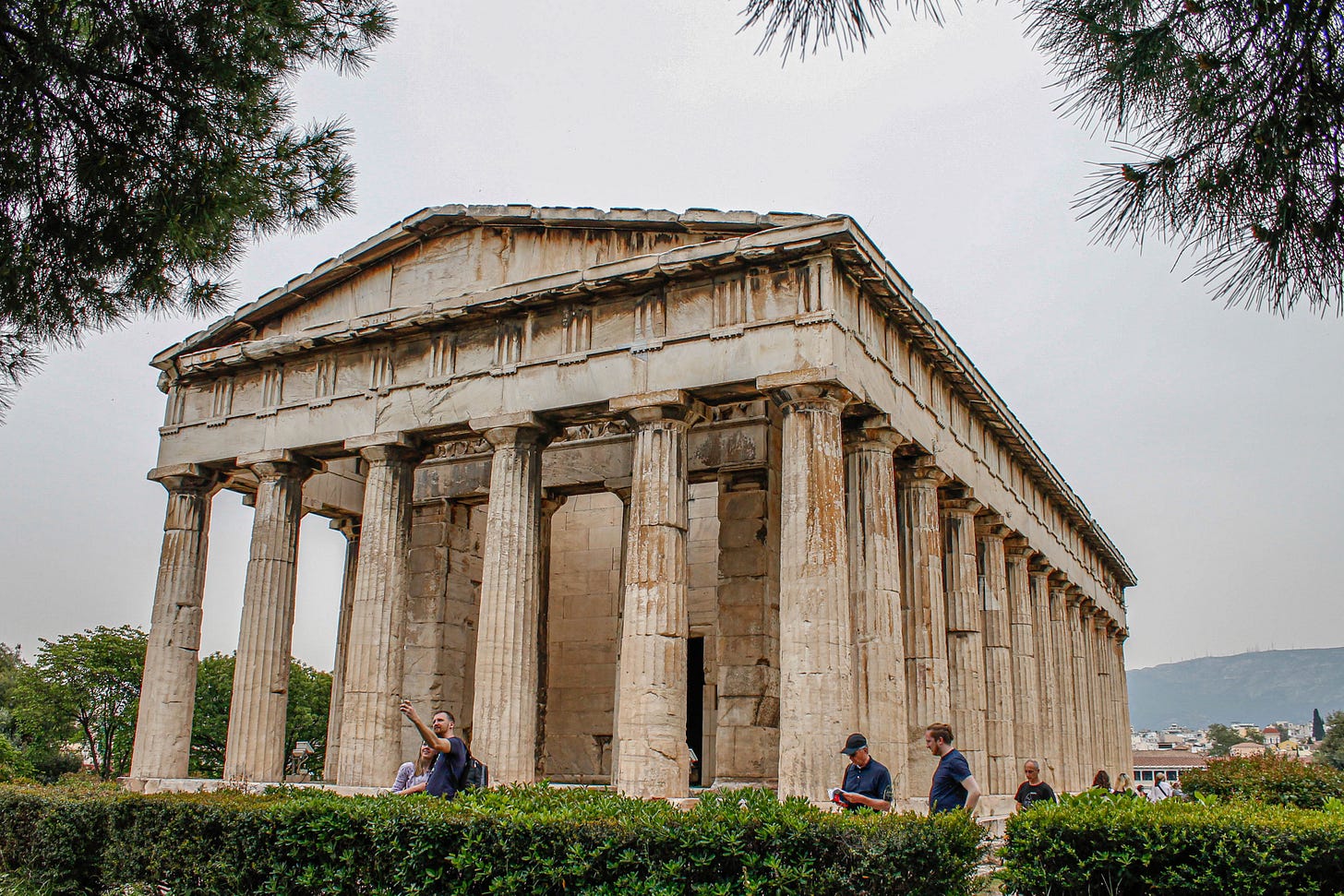
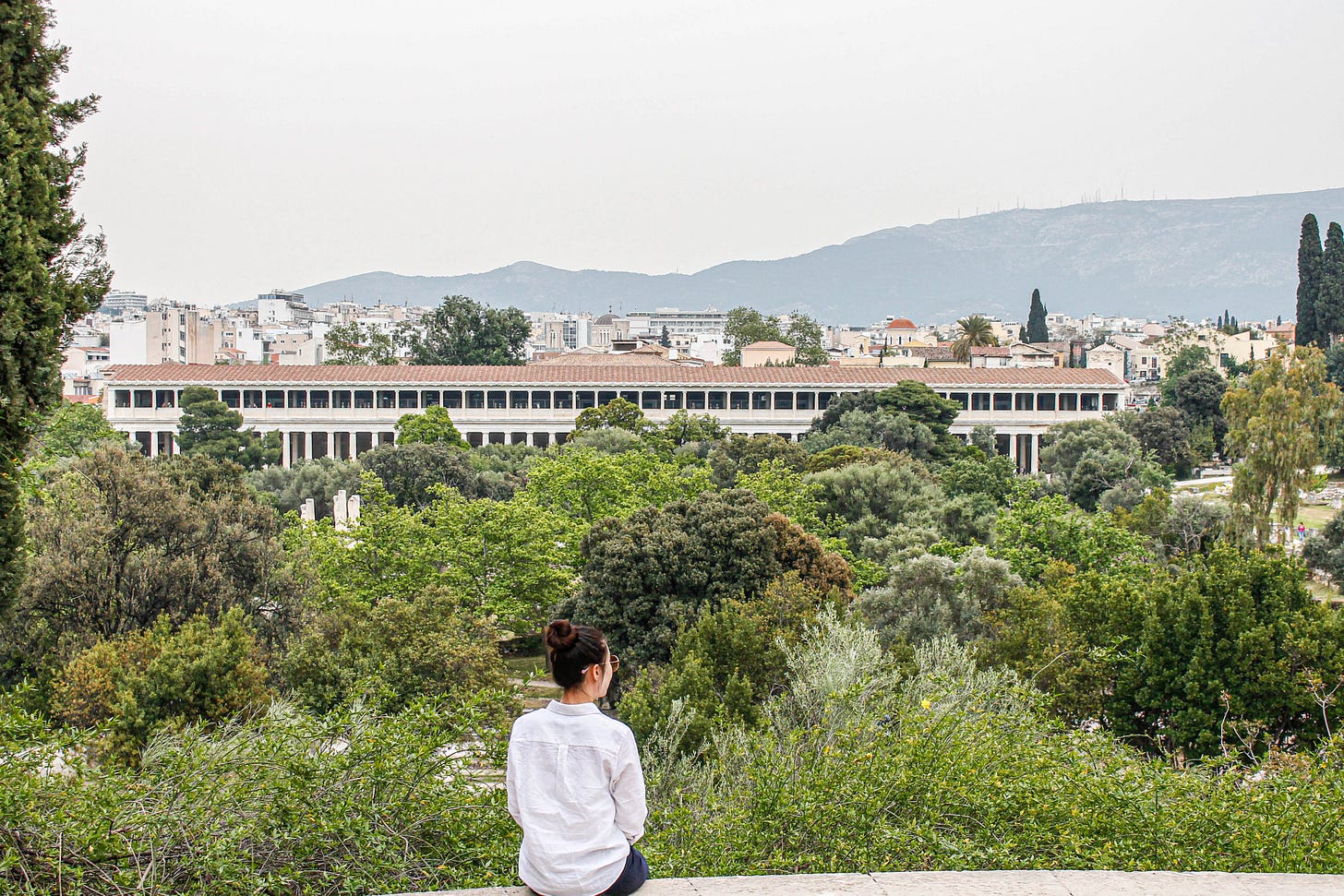

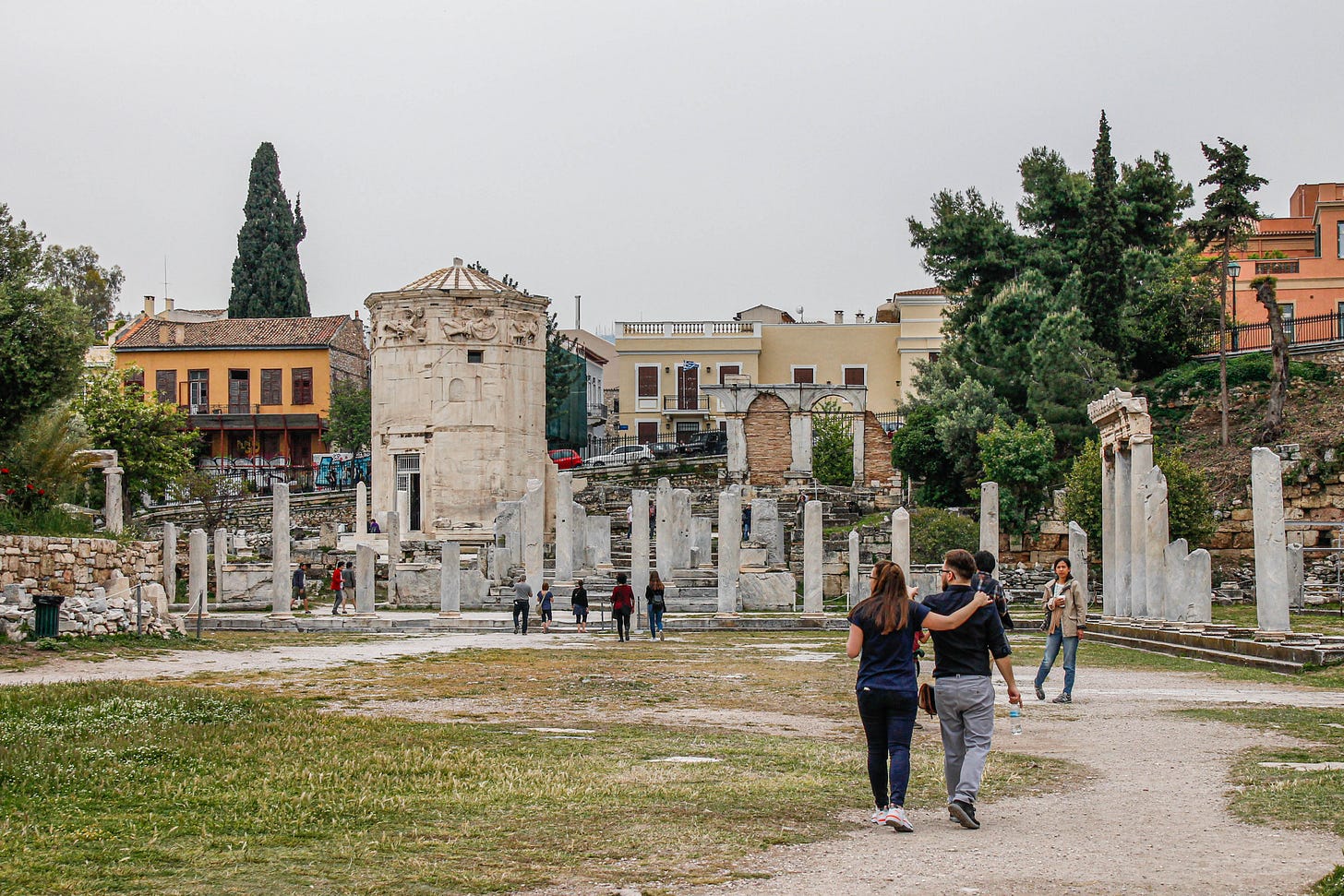
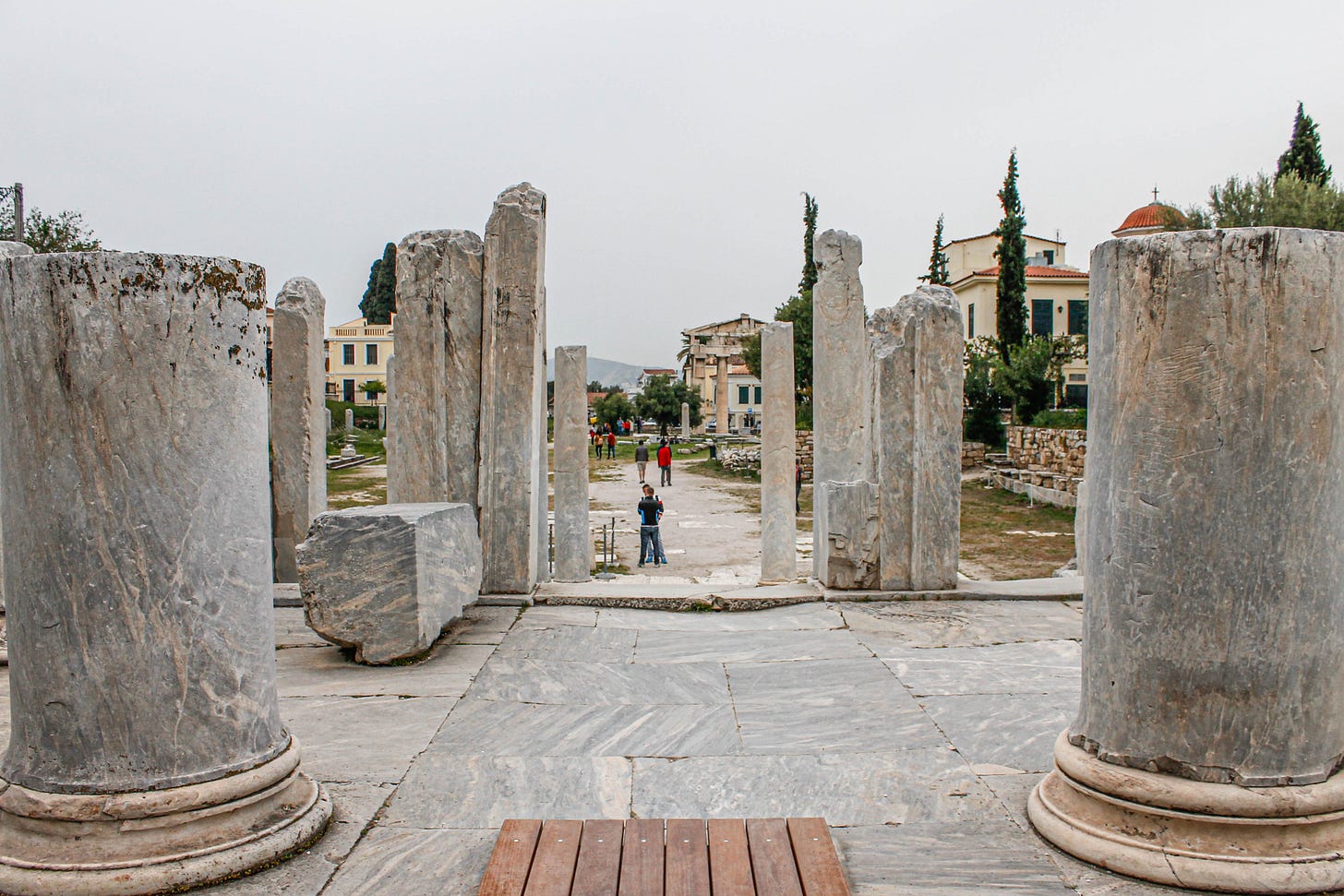
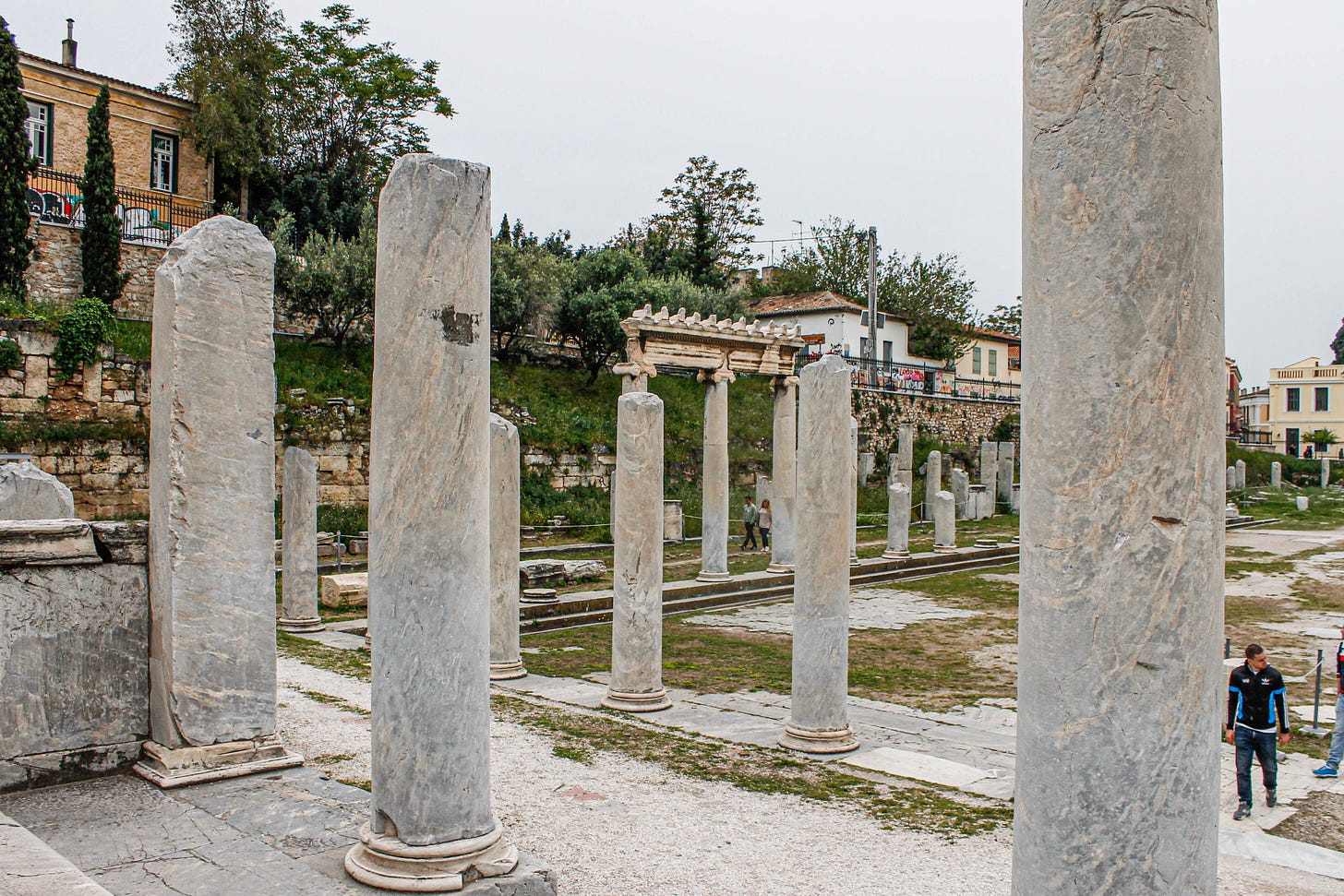


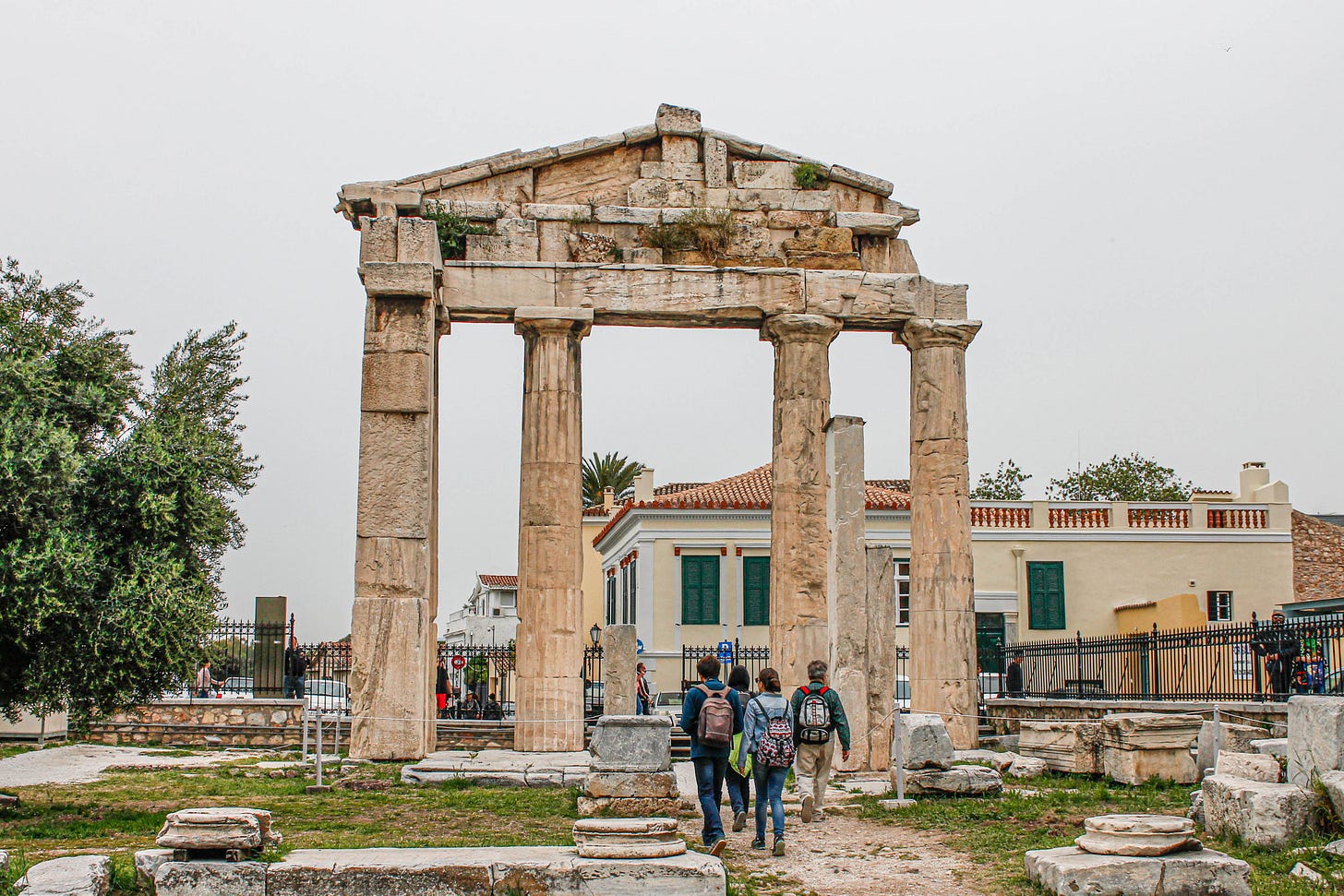
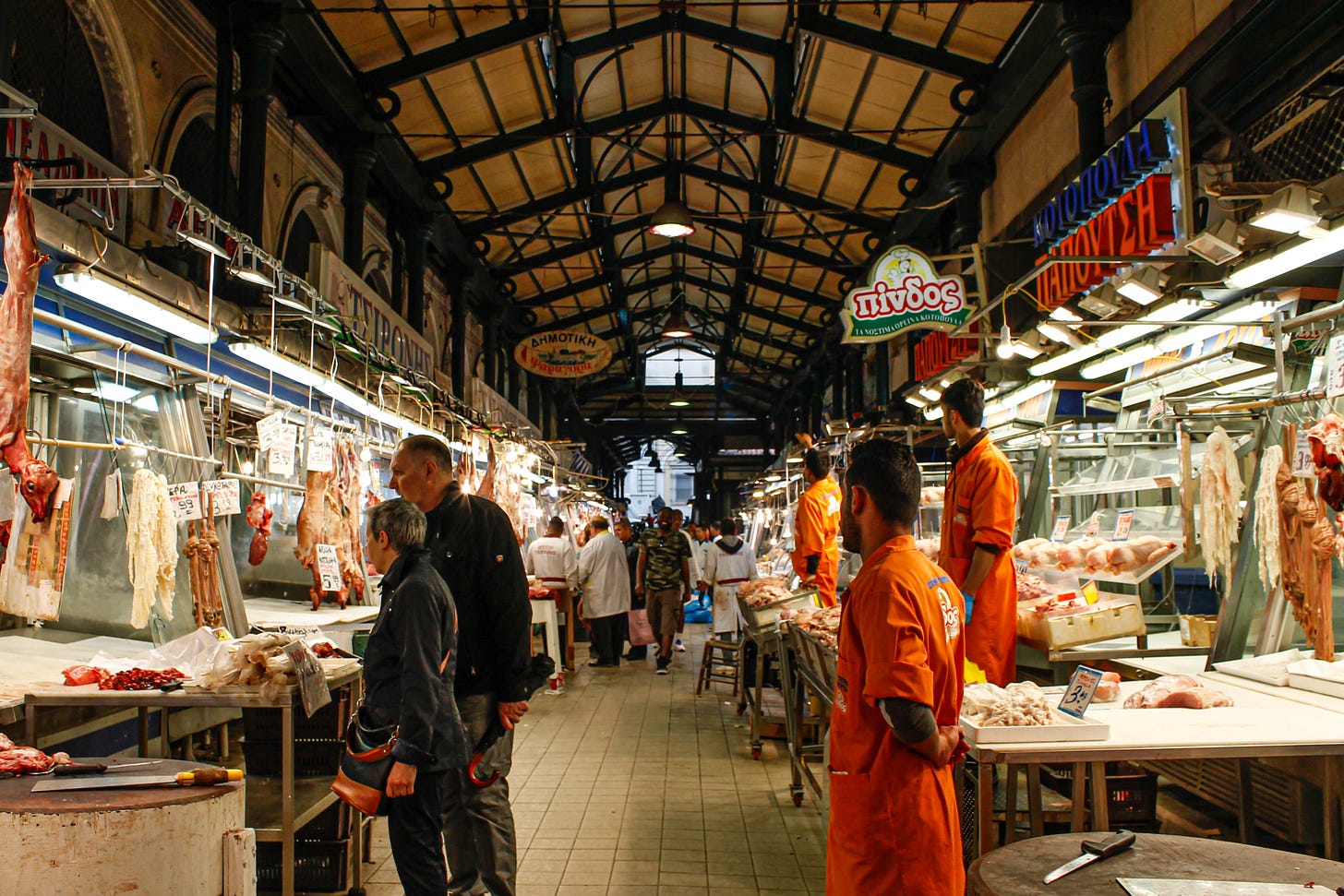


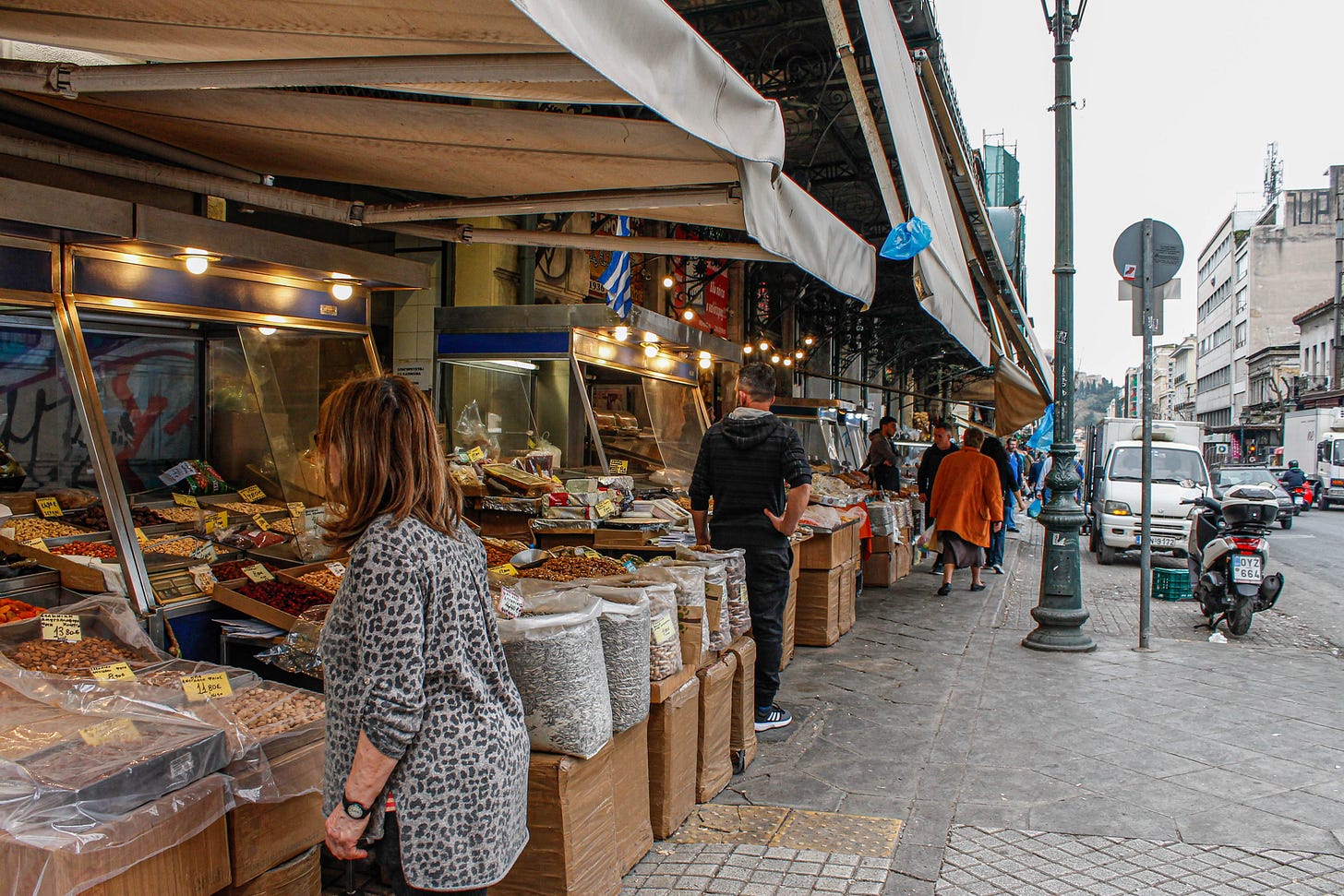
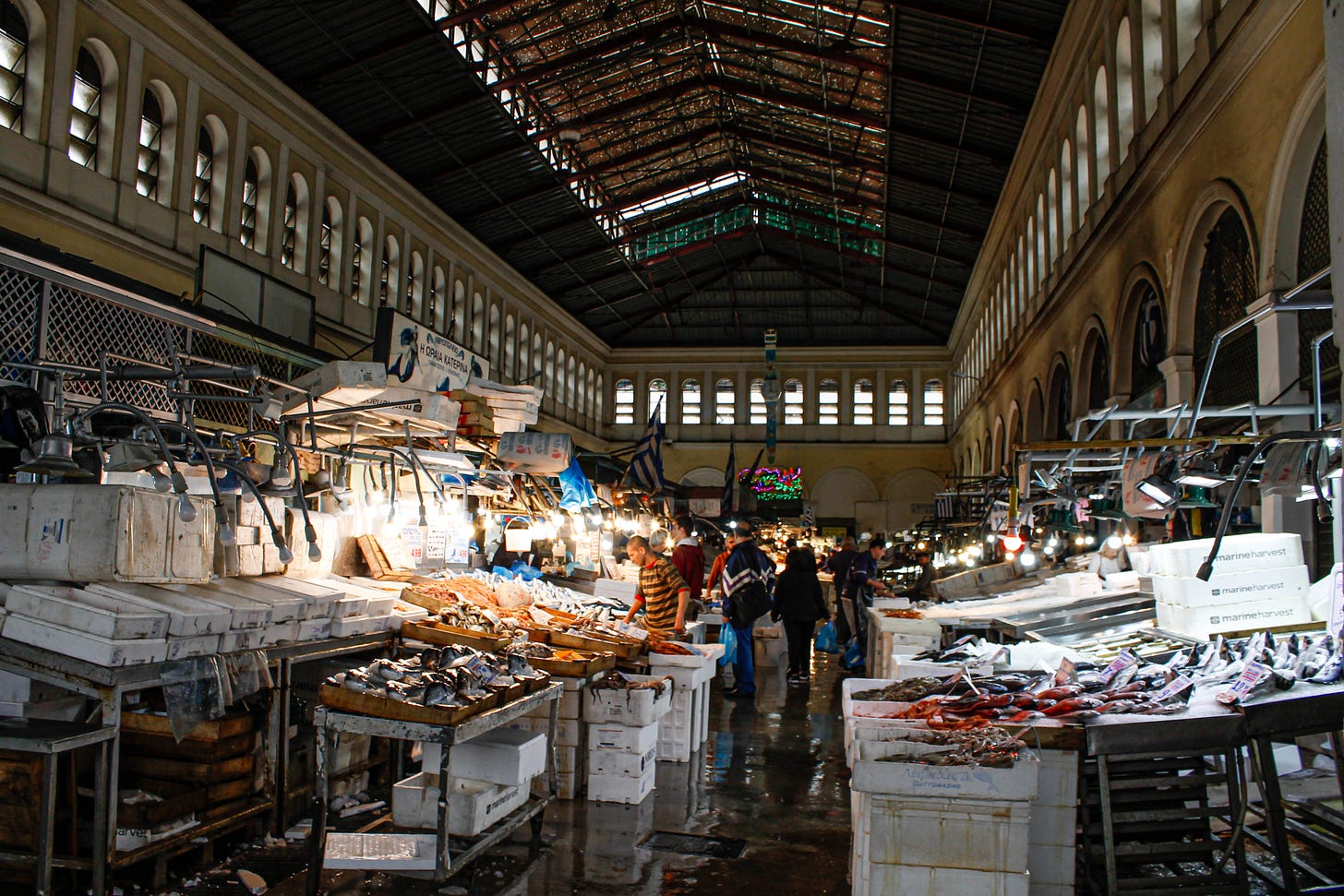


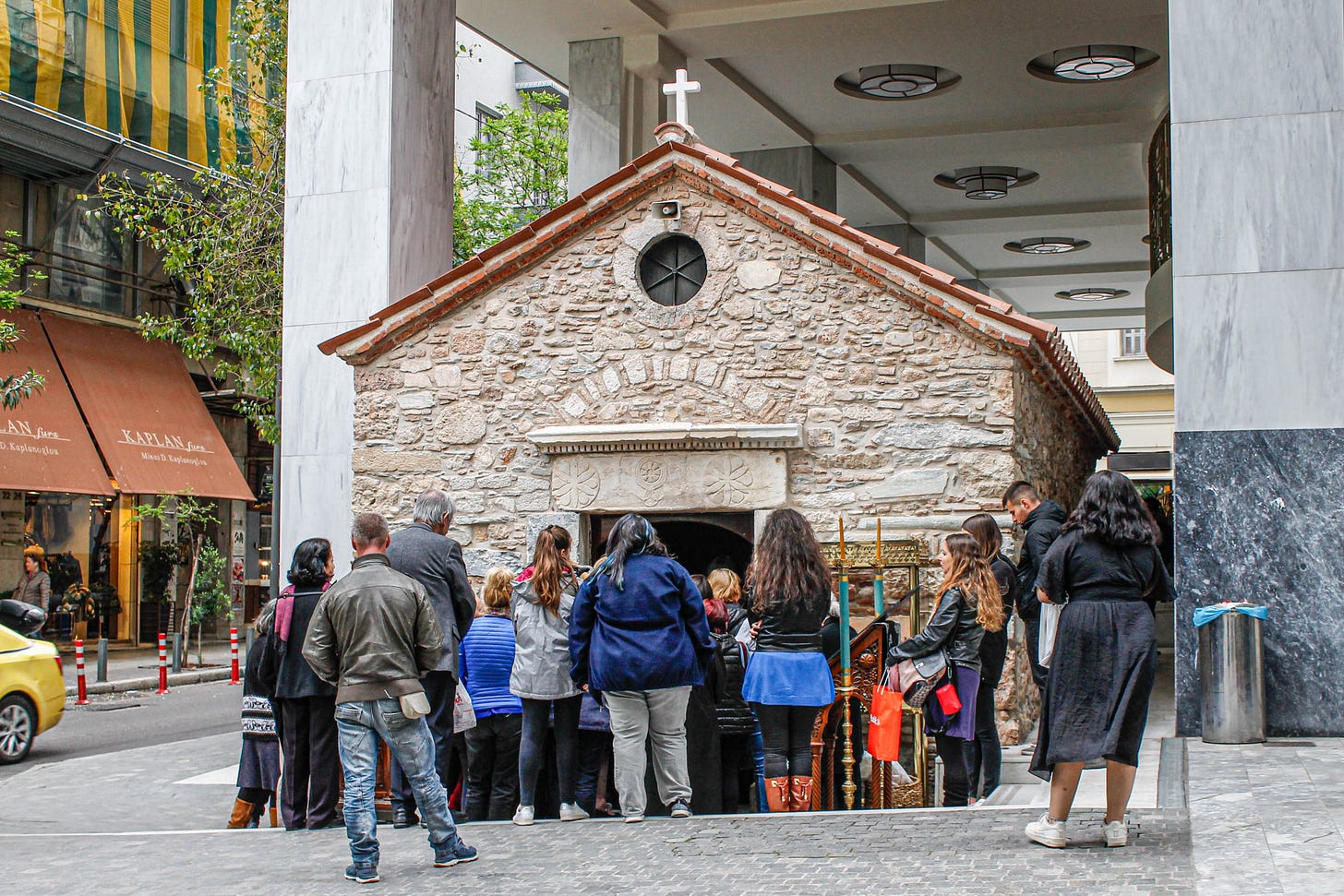
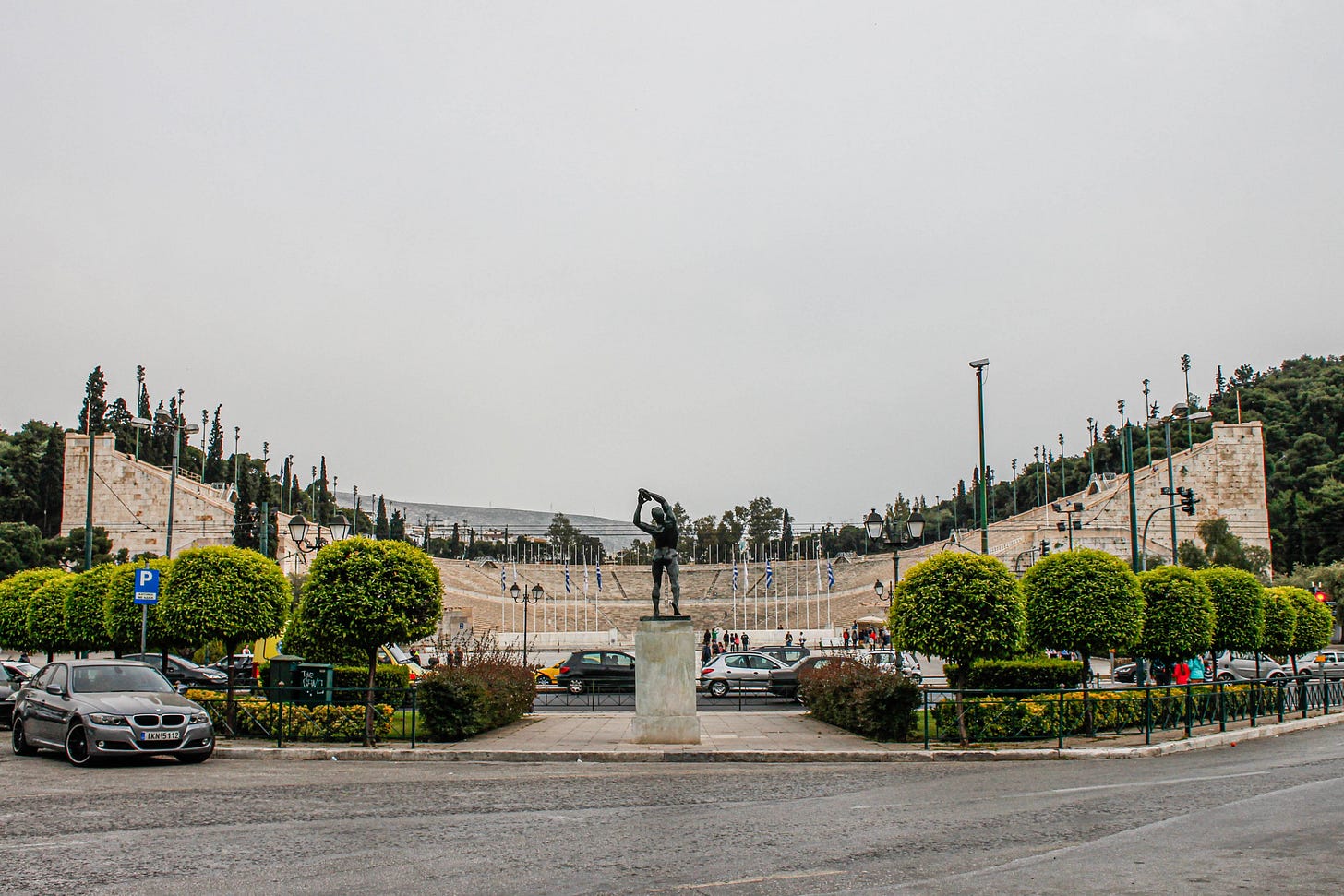
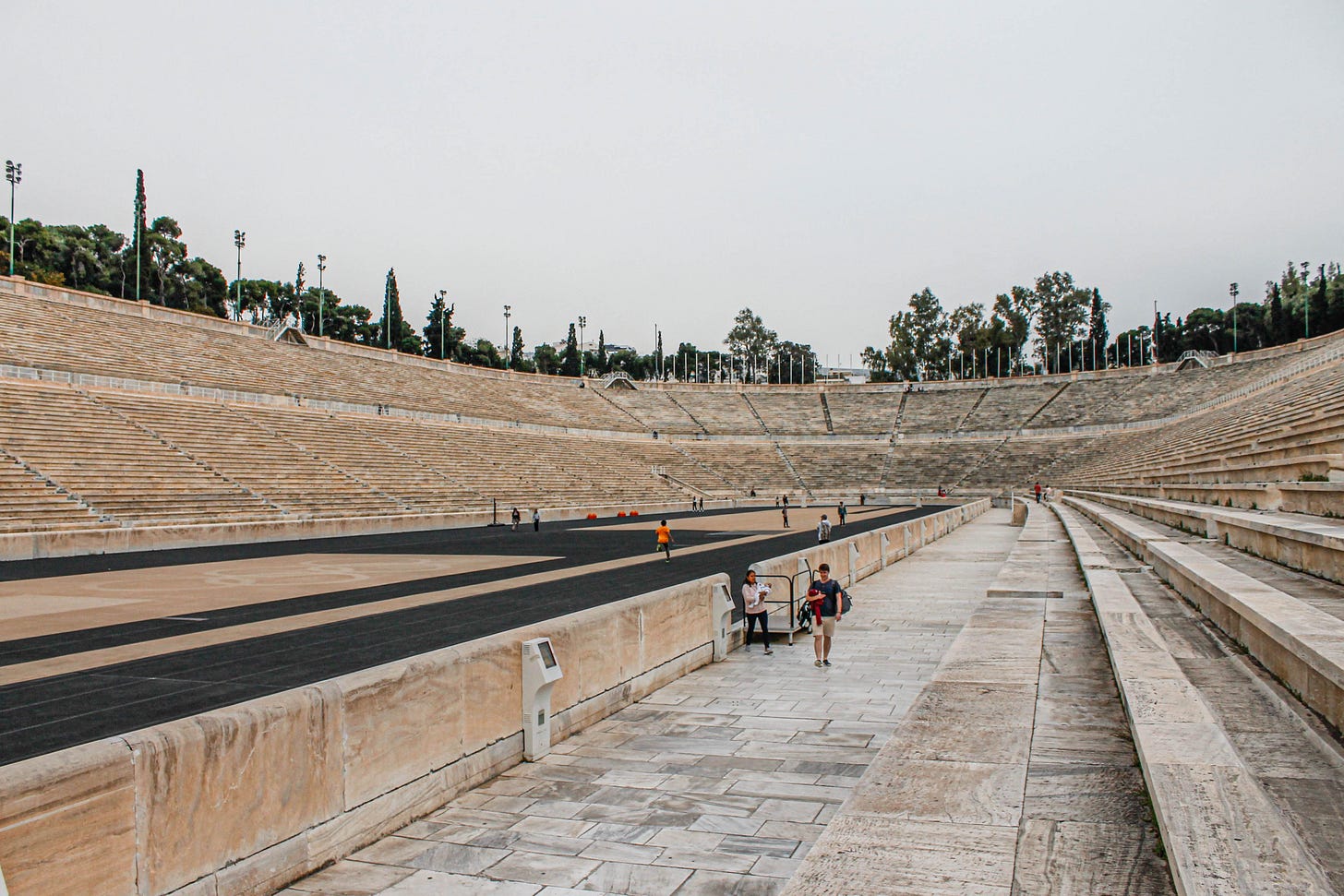




Thanks for all the terrific photos. My family went to Athens, but they took terrible pics! (I had to stay home for work.)
The stadium was my favourite part on a brief visit years ago